The relationship between Yega Chefe Coffee beans and Arabica Coffee Coffee
Ethiopia is the birthplace of coffee in the world, growing Arabica varieties, and there are still many coffee that are natural and wild. Ethiopia is the hometown of Arabica coffee, we now drink a lot of coffee, its ancestors do not know how many generations are mostly from the precious land of Ethiopia. As the birthplace of coffee, Ethiopia has a high position in the boutique coffee industry. There can be no rose summer and blue mountains on the menu of each coffee shop, but Ethiopia must have beans.
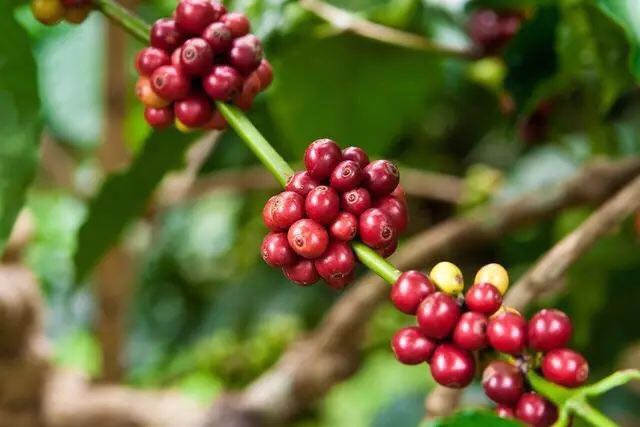
"Heirloom" original species
Ethiopia is a magical country. It is the origin of coffee beans grown in Arabica. The Kaffa forest is the beginning of all this, and Ethiopia is one of Africa's leading coffee producers. Ethiopia is the birthplace of Arabica coffee, there are thousands of natural coffee varieties, 99% of the coffee varieties can be found in Ethiopia. Because there are many varieties, it is difficult to identify and classify them, and the Ethiopian government is unwilling to disclose the information of these varieties because of the protection of natural coffee, so most of the coffee beans exported by Ethiopia are collectively called "Heirloom" native species. Arabica coffee accounts for 70% of all coffee production, and Arabica coffee accounts for 80% of all coffee production. Its excellent flavor and aroma make it the best of all coffee native species. I do not know if you have found that Ethiopian coffee beans are usually of different sizes, and are smaller than those of other producing countries, with a more round shape and a very small bean body, mostly between 14 and 15 mesh.
Arabica Arabica
Arabica (Arabica), also known as small-grain coffee beans, is native to Ethiopia and is mainly grown in South America (except parts of Argentina and Brazil), Central America, Africa (Kenya, Ethiopia and other places, mainly East African countries) and Asia (Yemen, India, Papua New Guinea).
Arabica coffee refers to Arabica coffee trees, accounting for about 70% to 80% of the world coffee production. Due to its weak resistance to diseases and insect pests, slow growth and low annual output, Arabica coffee is more suitable for cultivation at high elevations. Most of Arabica coffee is grown on volcanic slopes or plateaus above 1500 meters above sea level, especially Arabica coffee beans produced on highlands above 1500 meters are of relatively good quality. The high altitude environment makes the coffee beans grown here ripen more slowly, which means the beans will be stronger and stronger, so Arabica naturally stands out as the highest grade coffee beans. After repeated mutations or mating, many varieties are derived. Now, it is said that there are more than 70 varieties of Arabica coffee alone.

Arabica can be divided into 2,000 to 3,000 varieties, all of which are derived from the oldest native species of Ethiopia, Iron pickup and Bourbon cultivated in South America or Asia, mainly in Central and South America such as Brazil and Colombia, Central America Tiko and Sidamo, Sumatra Iron pickup in Indonesia and the Blue Mountains of Jamaica.
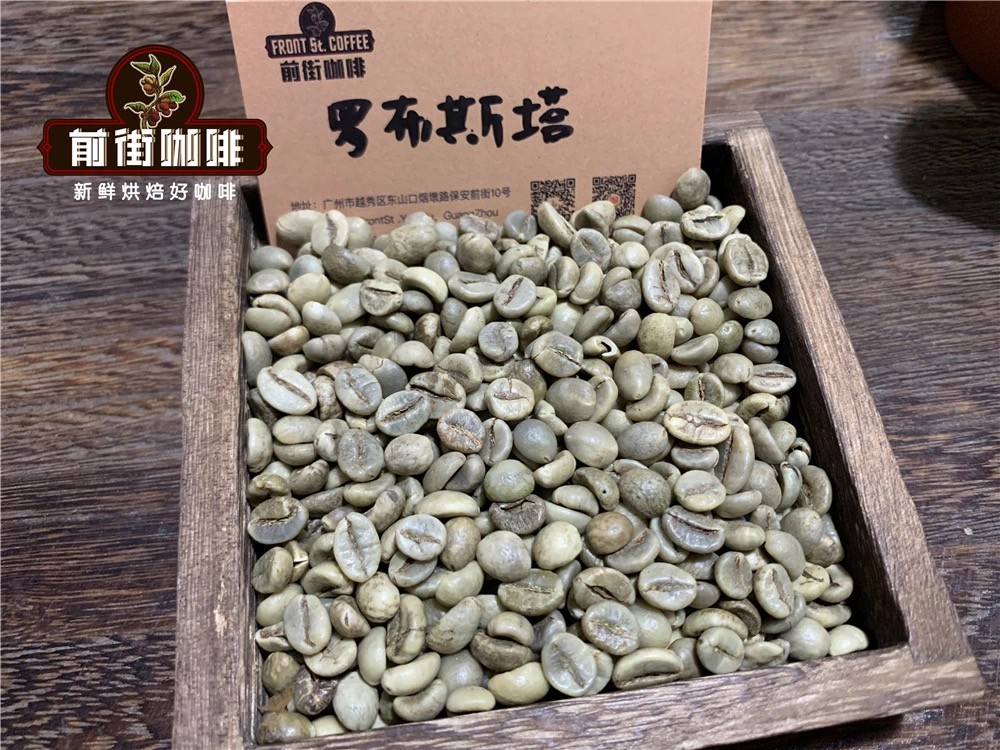
From the point of view of appearance, Arabica bean is long and flat, the central line is S-curve, Robbosa bean is strong, the shape is more round, and the central line is closer to a straight line. Although it is the same kind of Arabica coffee tree, but planted in different places, due to weather, soil and other effects, it will produce a completely different flavor. For example, the taste of rose summer in Ethiopia is completely different from that in Panama.
At present, the common types of Arabian coffee beans include tin card, bourbon, Kaddura, Pacas, Vera Shaki, Malago Yapi, Pacamara, New World, Kaduai, Rose Summer, Tim, Katim and so on. Arabica mostly appears as boutique coffee.
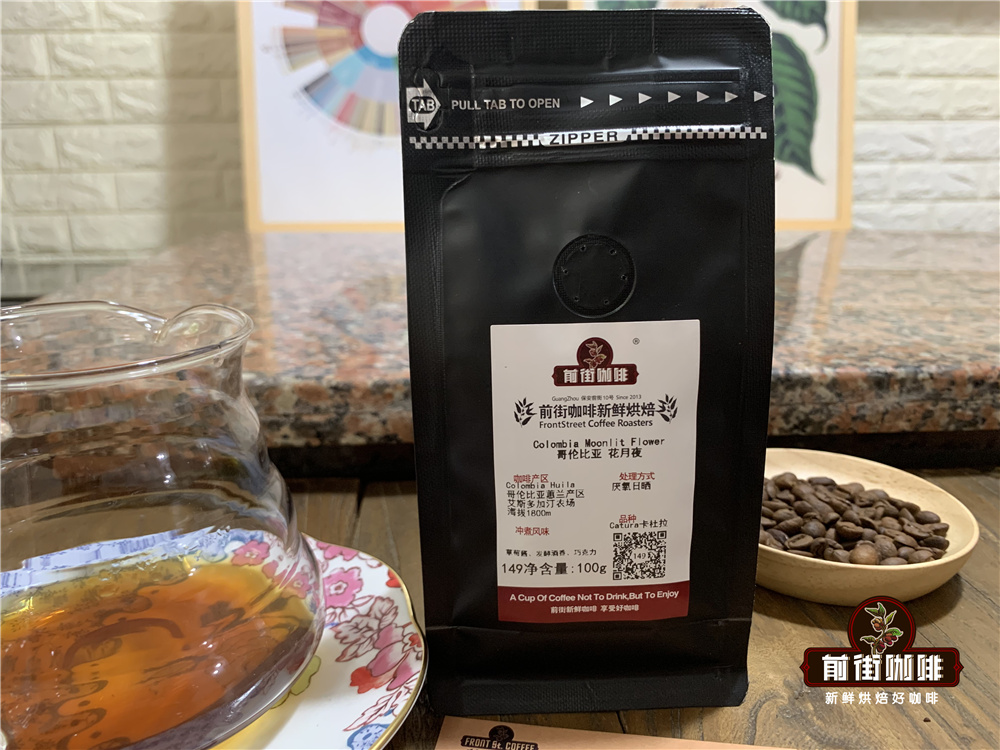
Bourbon and iron pickup constitute the most culturally and genetically important C. arabica coffee group in the world. Historical records show that coffee seeds were brought to Yemen from the coffee forests of southwestern Ethiopia, where they were grown as crops. Recent genetic tests have confirmed that bourbon and iron pickup are the main seeds shipped from Ethiopia to Yemen. The descendants of bourbon and iron pickup spread from Yemen to all over the world, forming the basis for the cultivation of modern Arabica coffee.
Bourbon (Bourbon): an ancient and excellent variety juxtaposed with iron pickup. The French tried to introduce the coffee from Yemen to the island of Bourbon (now Reunion) three times in 1708, 1715 and 1718; recent genetic studies have confirmed this. Only a few plants from the second introduction and some from the third introduction were successful. It was not until the mid-19th century that bourbon coffee left the island and French missionaries known as Spiritans spread to Africa.
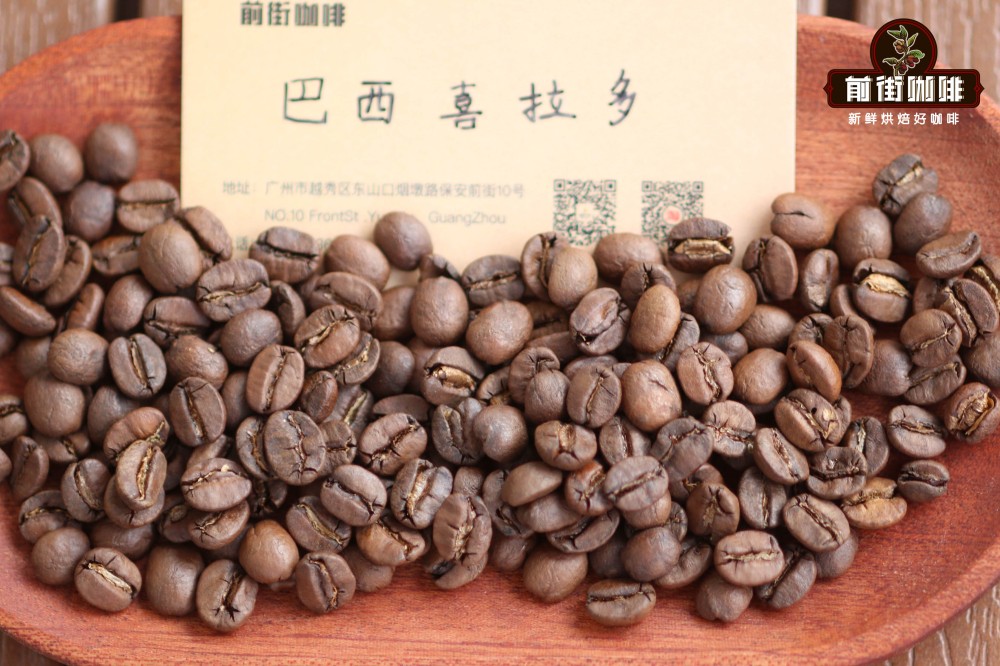
Bourbon is full of vitality and outstanding flavor, and often wins in cup tests. In addition to the variants of pointed beans, bourbon is almost all round beans, beans are a little smaller than tin card, relatively late ripening, but the output is 30% more than tin card, the disadvantage is that the result is a year off.
Typica: Ethiopia's oldest native variety, an ancient coffee with an elegant flavor, but far less popular than bourbon. Like all Arabica coffee, the tin card group should have originated in southwestern Ethiopia. Sometime in the 15th or 16th century, it was brought to Yemen. By 1700, seeds from Yemen had been planted in India.
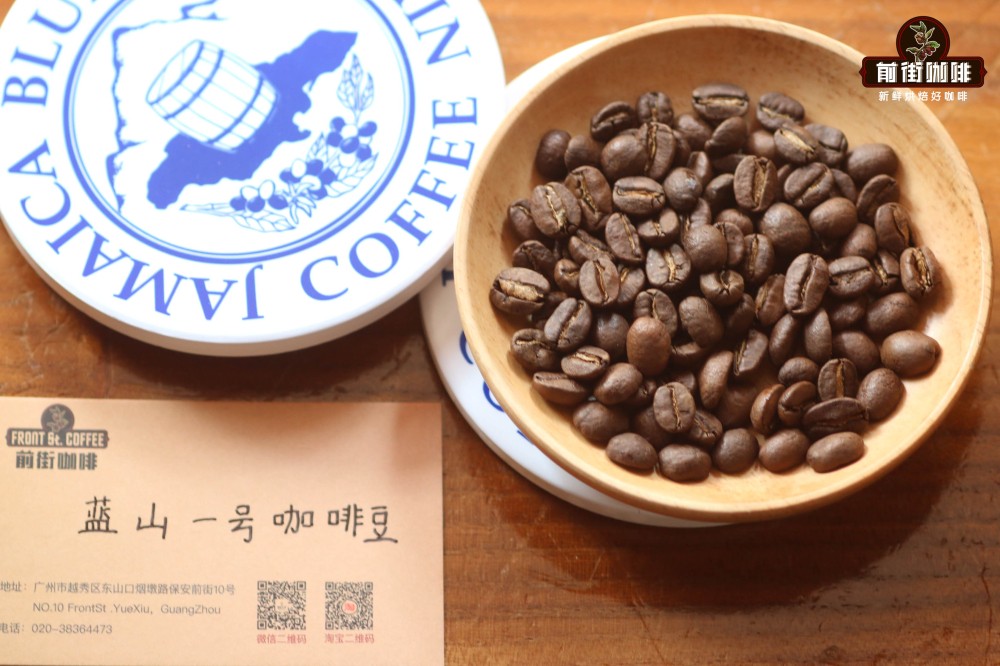
In 1696 and 1699, coffee seeds were sent from the coast of Malabar in India to the island of Batavia (now known as Java), which gave birth to a unique variety of tin cards as we now know. Its derivative varieties include Mantenin, Lanshan, Yunnan Xiaomi, geisha and so on. Ironpika beans are large, pointed, oval or thin, different from bourbon round beans. Therefore, the flavor of Blue Mountain Coffee will be so good, in addition to its growing environment, there are also its ancient tin card varieties.
Yejia Xuefei
Ethiopia is the largest coffee producer in Africa. Here, coffee is not only an important source of income for Ethiopian people, but also has been integrated into the culture and life of their entire country. According to Ethiopian official data, of the nearly 6.5 million bags produced annually, almost half are consumed by Egyptians themselves, and only about 3.5 million bags are exported to all parts of the world. Yirga Cheffe is a small town in eastern Egypt, 1800-2000m above sea level. The ancient saying "Yirga" means "settle down" and "Cheffe" means "wetland". Yejaschen, which is attached to the Sidamo region, is very popular in the world boutique coffee circle because of its unique jasmine fragrance and citrus acid. This special taste is also known as "Yejashifen" taste.
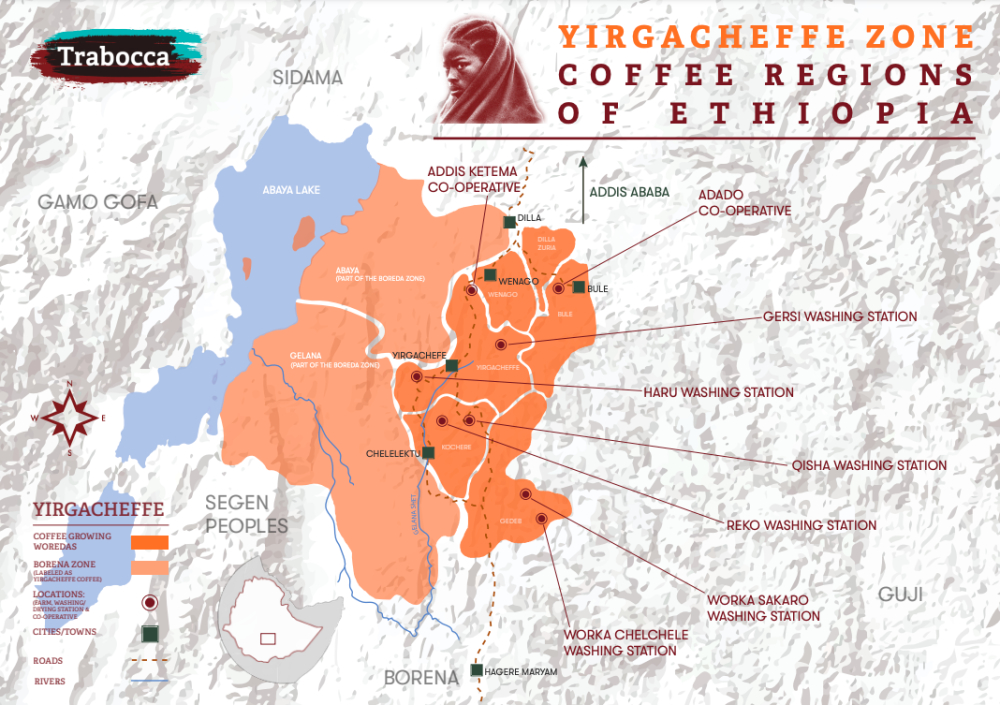
Yega Xuefei was originally a medium-sized town for the distribution and transportation of coffee beans in Ethiopia's Sidamo province. Because it is higher than other coffee producing areas in Sidamo province (ancient volcanic soil), it is located in the south of Ethiopia and affected by the southeast monsoon of the Indian Ocean. In this dry and wet season and mineral-rich soil environment, it is almost an excellent place to grow Arabica coffee beans.
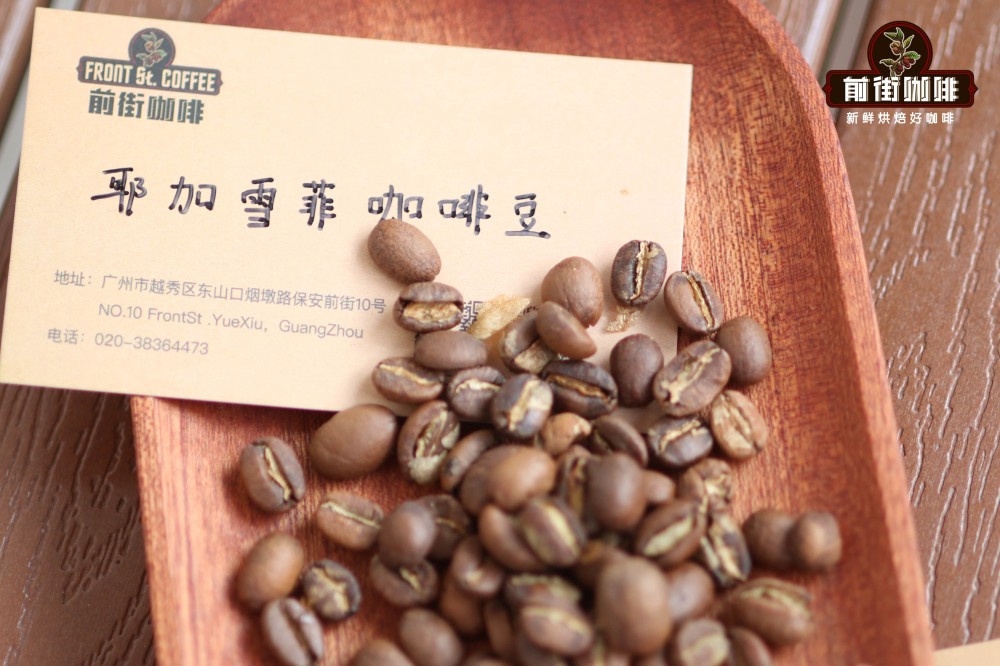
A large number of coffee beans are systematically cultivated in large estates in Central and South America, while coffee cultivation in Yegashifi is mixed with other short-term cash-easy crops, and the yield varies greatly, depending on the climate and diseases and insect pests from year to year. Yields range from 200 to 700 kilograms per hectare, and these planting methods account for about 50% of the total output of Ethiopian coffee.
Yega Xuefei area is high above sea level, with mountain and tropical vegetation. However, unlike Sumatra Sumatra Mandheling beans and countless other Arabica varieties, these varieties grow in a constant tropical climate near the equator, while Ethiopian beans grow in significantly different wet and dry seasons. This changes the taste and texture of beans, giving them citrus and vibrant fruit aromas.
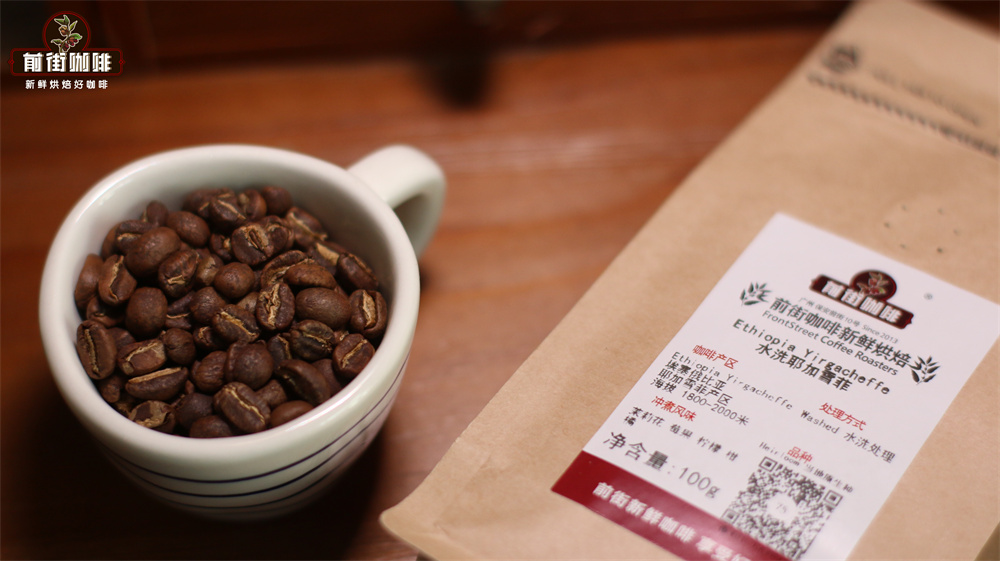
Although the Ethiopian Yirgacheffe coffee is petite, it is gentle and delicate and sweet. As the hometown of coffee, thousands of years of planting history and processing tradition in Ethiopia have created high-quality washed Arabica beans. Light baking has unique sweet aromas of lemon, flowers and honey, soft acidity and citrus flavors, fresh and bright on the palate. No milk or sugar, let the rich texture and unique soft flower scent brush your taste buds, leaving an endless aftertaste.
Taste and flavor
Ethiopia Yega Chuefei is definitely a classic coffee, no matter hot water brewing or cold ice brewing is very good, the flavor plasticity is quite high. With the aroma of fine flowers and citrus, it has become a world-famous coffee producing area with the third wave of boutique coffee beans.
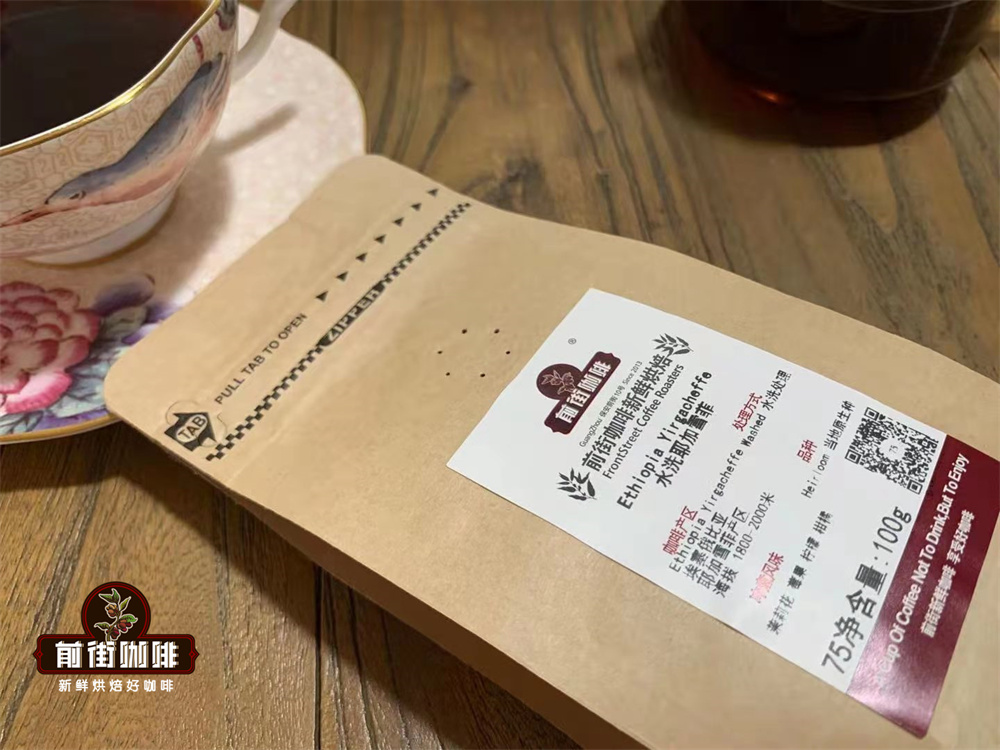
In addition to the aroma of fine flowers and citrus, the aroma of sucrose and the sour taste of fruit esters, compared with the rugged flavor of Central and South America, has a fine and elegant flavor, which stands out among many boutique coffee flavors.
Ye Jia Xuefei coffee bean treatment method:
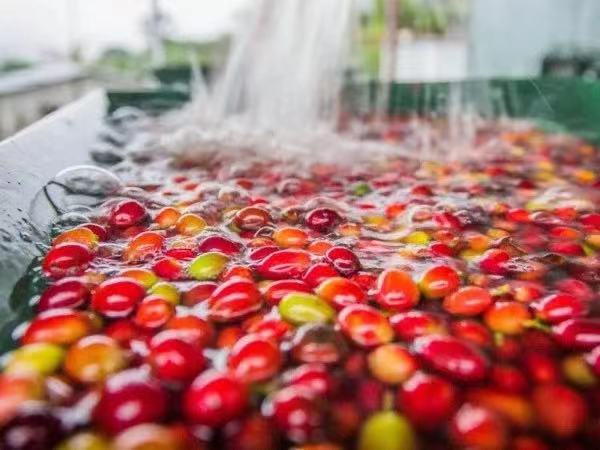
The treatment of Yejiaxuefei coffee is the oldest method of sun treatment, but due to the fact that most of the early sun-dried coffee beans are dried on the flat ground, they are inevitably contaminated with miscellaneous smells such as soil flavor and dust, coupled with the lack of reasonable screening, the quality of sun-dried beans is average. In 1972, Ethiopia introduced Central and South American washing technology to improve the quality of coffee, which made the jasmine and citrus lemon aromas of Yega Xuefei clearer and brighter, making it one of the representatives of fine coffee in the world.
In front of the street, the parameters of Yega Xuefei coffee beans:
In the front street, in order to fully extract the acid properties of Yegashifi and Sidamo, higher water temperature and finer grindness are used for extraction, but in order to avoid over-extraction caused by high temperature, faster flow rate filter cups such as V60 filter cups are used.
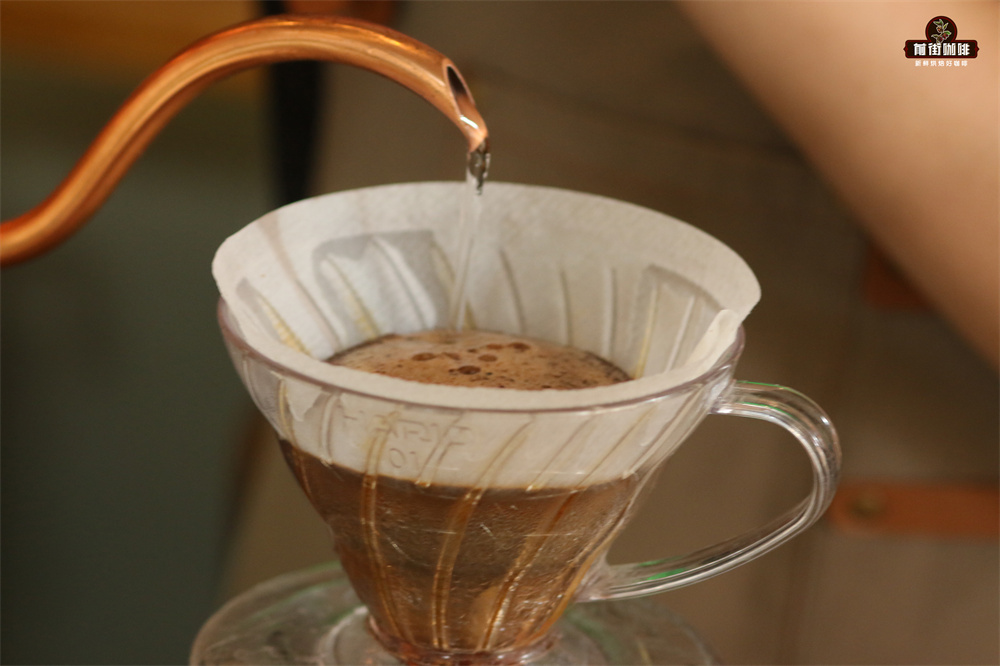
The V60 filter cup is in a 60 °cone shape, and the tapered angle allows the coffee powder to be distributed centrally, and when water is injected, the water can automatically converge to the center of the filter cup to ensure that the contact time between the water and the coffee powder is sufficient, so that the appropriate coffee liquid can be extracted.
V60 filter cup, water temperature 90 ℃, ratio of water to powder 1:15, powder quantity 15g, grindability (pass rate of China No. 20 standard screen 80%)
The use of segmented extraction, with twice the amount of coffee powder water for steaming, that is, 30 grams of water for 30 seconds, and the reason for the need for steaming process is to make coffee powder can discharge the internal carbon dioxide gas, so that the latter stage of the extraction is better stable. When the small water is injected around the circle to 125 grams, the injection will be stopped until 225 grams, then the filter cup will be removed after the dripping of the filter cup, and the extraction time will be 2 minutes 39 grams. Next, pick up and shake the whole cup of coffee, then pour it into the cup and taste it.
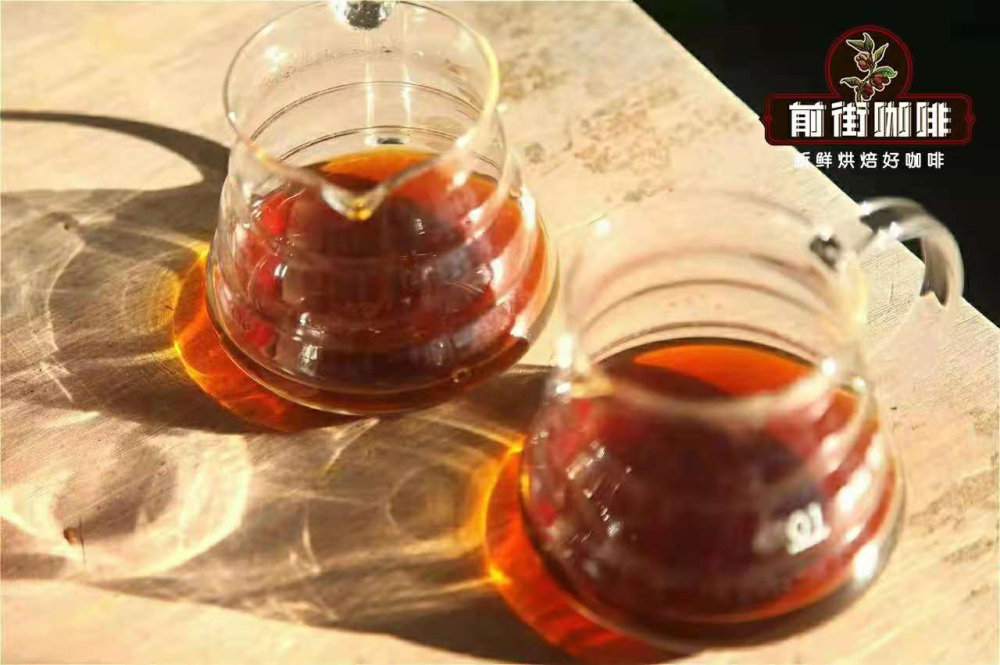
[washed Yega Chuefei Coffee] the acidity will be brighter and lively, with citric acid, citrus aroma and delicate taste, with a hint of black tea at the end.
[sun red cherry coffee] Berry, lemon, strawberry, fermented wine.
Suggestions for making coffee in front of the street:
No matter what kind of coffee is brewed, the freshness of coffee beans is very important. Qianjie has always believed that the freshness of coffee beans has a great relationship with the flavor of coffee, so the coffee beans shipped in Qianjie coffee are roasted within 5 days. The purpose of Qianjie roasting is "freshly roasted coffee", so that every guest who places an order is the freshest coffee when he receives it. The bean cultivation period of coffee is about 4-7 days, so when the guest gets it, it is the time when the flavor is the best.
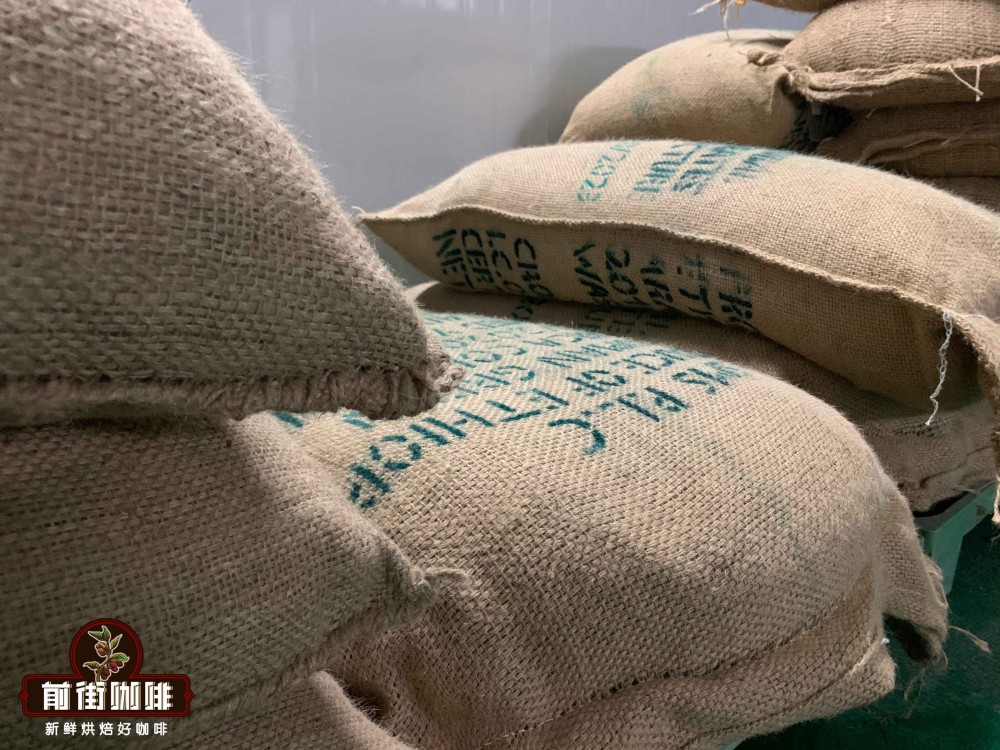
For those who need to be ground, Qianjie warmly reminds you that if the coffee beans are ground in advance, there is no need to raise the beans, because in the process of transportation, the pressure caused by carbon dioxide in the package can also make the coffee flavor round. so you can drink a cup of coffee as soon as you receive the coffee powder. But the coffee powder needs to be brewed in time, because the coffee powder oxidizes more quickly after contact with the air, that is to say, the flavor of the coffee will dissipate more quickly, and the flavor of the coffee is not so good. Therefore, Qianjie suggests buying whole beans, grinding and flushing now, so that we can better taste the flavor of coffee.
Professional coffee knowledge exchange more coffee bean information please follow the coffee workshop (Wechat official account cafe_style)
For more boutique coffee beans, please add private Qianjie coffee on Wechat. WeChat account: qjcoffeex
Important Notice :
前街咖啡 FrontStreet Coffee has moved to new addredd:
FrontStreet Coffee Address: 315,Donghua East Road,GuangZhou
Tel:020 38364473
- Prev
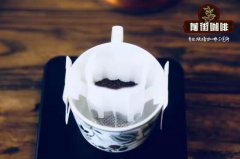
Brief introduction of Colombian Coffee where is the origin of Colombian coffee
Professional Coffee knowledge Exchange more information on coffee beans Please follow Coffee Workshop (Wechat official account cafe_style) Front Street Isabella Coffee of Colombia as one of several coffee growing areas in Colombia, Huila is probably the most famous producing area in the country. Like many other parts of Colombia, the development of Huila has been severely affected by riots that occurred in the 1990s.
- Next
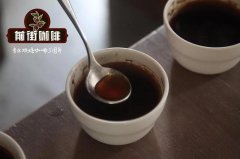
Introduction of Costa Rican Chopin Coffee Flavor Costa Rican Coffee beans at altitude
Professional coffee knowledge exchange more coffee bean information please follow the coffee workshop (Wechat official account cafe_style) front street Costa Rica Chopin Coffee introduction Central American isthmus Costa Rica, at the same time by the Pacific, Atlantic currents and sea breeze on climate regulation, the territory more than 2000 meters above sea level towering volcanoes, coffee berries can be in the fertile volcanic ash soil and high altitude cold
Related
- Beginners will see the "Coffee pull flower" guide!
- What is the difference between ice blog purified milk and ordinary milk coffee?
- Why is the Philippines the largest producer of crops in Liberia?
- For coffee extraction, should the fine powder be retained?
- How does extracted espresso fill pressed powder? How much strength does it take to press the powder?
- How to make jasmine cold extract coffee? Is the jasmine + latte good?
- Will this little toy really make the coffee taste better? How does Lily Drip affect coffee extraction?
- Will the action of slapping the filter cup also affect coffee extraction?
- What's the difference between powder-to-water ratio and powder-to-liquid ratio?
- What is the Ethiopian local species? What does it have to do with Heirloom native species?

